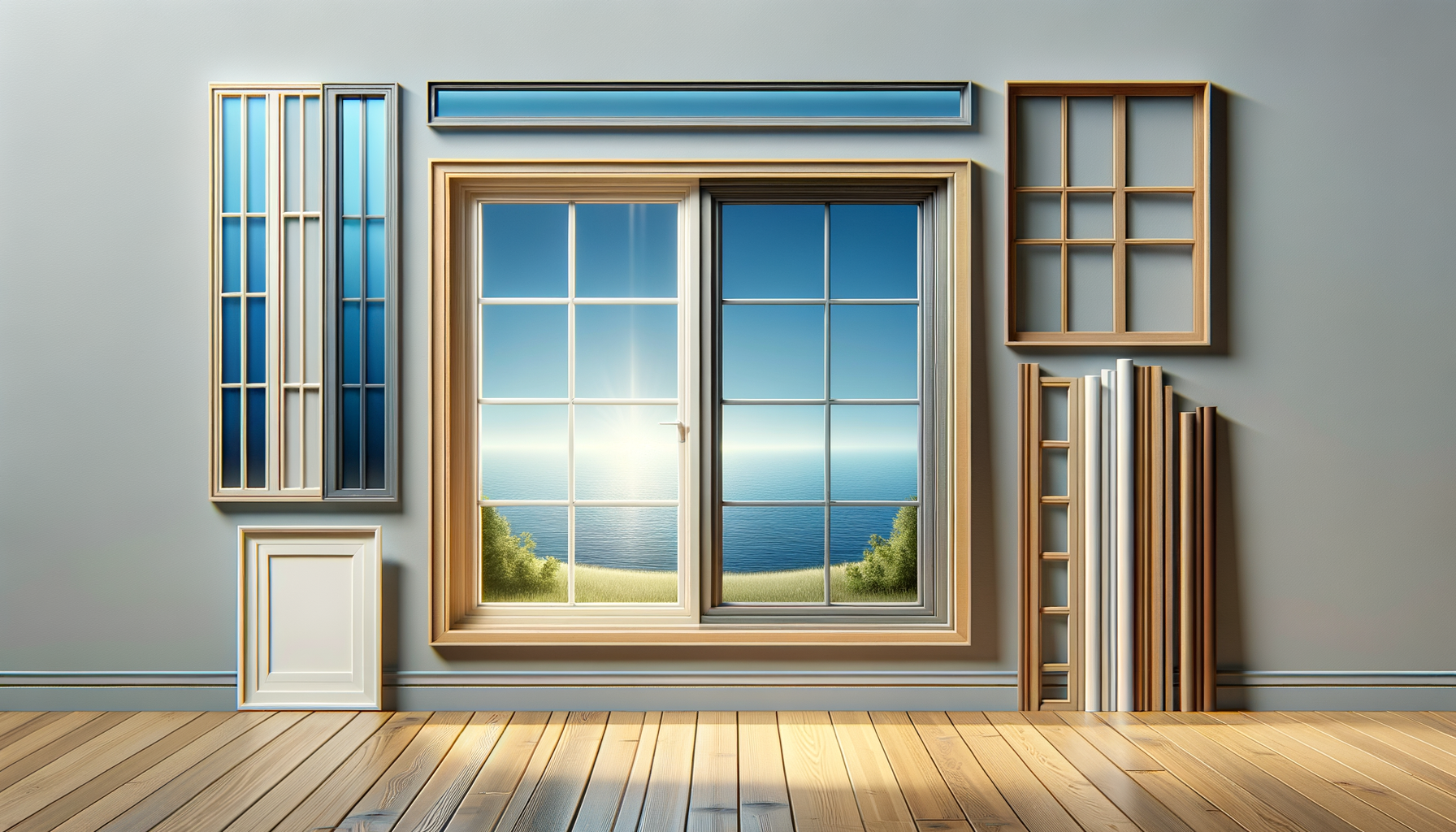
The Impact of Window Tinting on Frame Material
Introduction to Window Tinting
Window tinting has become a popular solution for both homes and vehicles, offering a blend of aesthetic appeal and functional benefits. By applying a thin laminate film to glass surfaces, window tinting can significantly alter the interior environment, providing privacy, reducing glare, and improving energy efficiency. This article explores the various aspects of window tinting, particularly focusing on its impact on different frame materials, and how it can be an effective choice for modern living.
The Benefits of Window Tinting
Window tinting offers a multitude of benefits that extend beyond mere aesthetics. One of the primary advantages is its ability to reduce heat and glare, making interiors more comfortable. By blocking a significant percentage of UV rays, window tinting protects furniture and flooring from fading, thereby extending their lifespan. Additionally, it enhances privacy without sacrificing natural light. These benefits make window tinting an attractive option for both residential and commercial properties.
Moreover, window tinting contributes to energy efficiency by reducing the need for air conditioning during hot months. This not only lowers energy bills but also reduces the carbon footprint, making it an environmentally friendly choice. The film can also reinforce the glass, providing added safety by holding shattered pieces together in case of breakage.
Types of Window Tinting Films
When considering window tinting, it’s essential to understand the different types of films available. These include dyed, metalized, hybrid, and ceramic films, each offering unique properties. Dyed films are known for their ability to absorb heat and are often used for aesthetic purposes. Metalized films, on the other hand, reflect heat and are more durable, though they can interfere with electronic signals.
Hybrid films combine the benefits of both dyed and metalized films, offering a balance of performance and cost. Ceramic films are among the top options available, renowned for their exceptional quality. They offer superior heat reduction without signal interference and are highly durable. Choosing the right film depends on individual needs and the specific requirements of the space or vehicle.
Impact on Frame Materials
The choice of frame material plays a crucial role in the effectiveness of window tinting. Different materials, such as aluminum, wood, and vinyl, interact differently with tinting films. Aluminum frames, for instance, are excellent conductors of heat, which can be both an advantage and a disadvantage. While they can help in dissipating heat, they may also transfer unwanted heat into the interior during hot weather.
Wood frames, on the other hand, offer natural insulation, making them a good match for window tinting. They help in maintaining a consistent indoor temperature, enhancing the energy efficiency of the tinting. Vinyl frames are versatile and widely used due to their cost-effectiveness and low maintenance. They work well with most types of tinting films, providing a balanced approach to energy efficiency and aesthetics.
Conclusion: Choosing the Right Window Tinting
Window tinting is a valuable addition to any property, offering a blend of functionality and style. When selecting window tinting, it’s essential to consider the type of film and the frame material to ensure optimal performance. By understanding the benefits and limitations of each option, homeowners and businesses can make informed decisions that enhance comfort, privacy, and energy efficiency.
Whether it’s for a home or a vehicle, window tinting provides a practical solution to modern challenges, making it a worthwhile investment for those looking to improve their living or working environment.